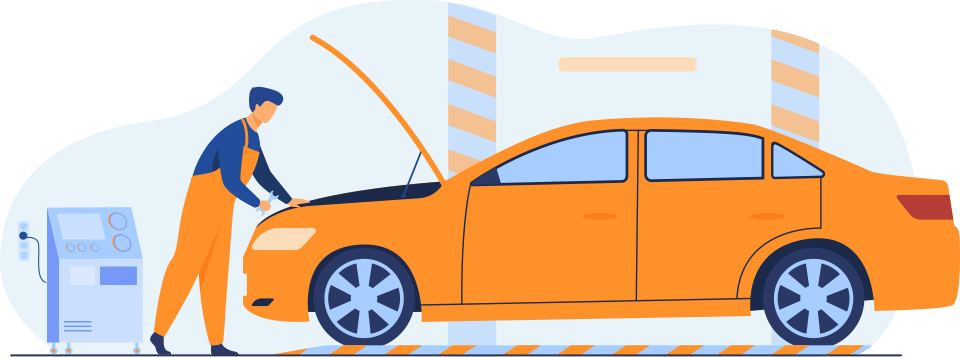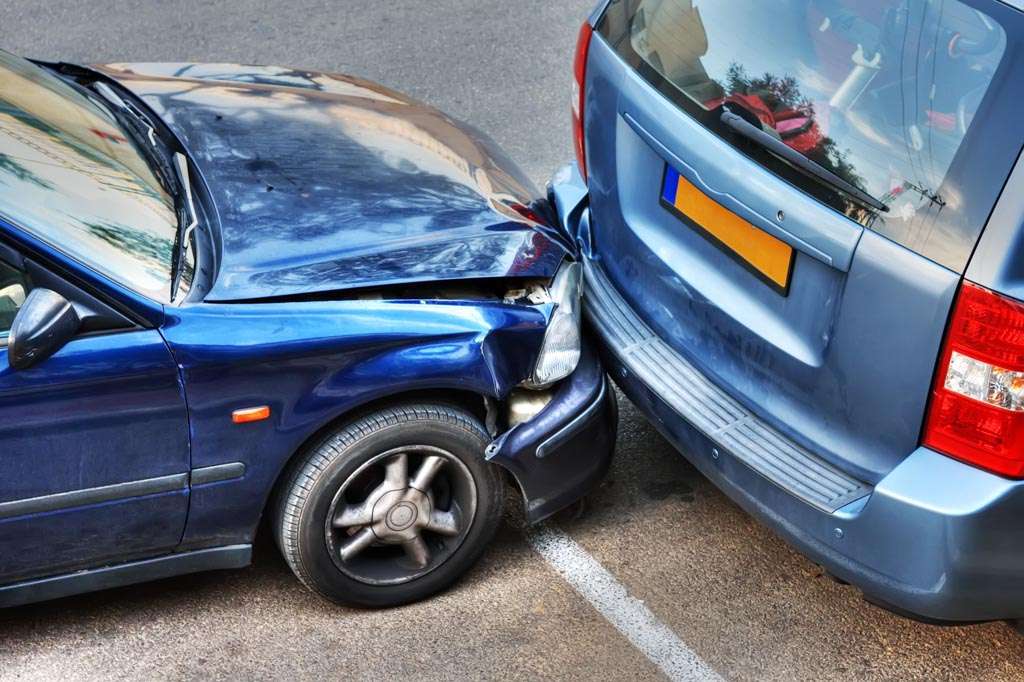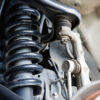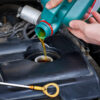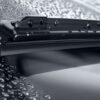10 Things You Need to do After a Vehicle Accident!
It can be a major inconvenience to run into a problem on the road—no pun intended. But, unfortunately, accidents happen, and collisions can leave you stranded in need of some mobile auto repair. So, before making a call, run through this 10-step checklist of things you need to do after a vehicle accident.
Things To Do After An Accident
Stop immediately in the first safe location
It’s common for the laws in most states to require drivers to immediately pull over after suspecting they have been in an accident. This means you should play it safe and come to a halt even if you aren’t 100% sure whether your vehicle was involved in a collision. Turn on your emergency hazard lights and take care to stop the car in a location that doesn’t put you or other drivers in more danger.
Make sure everyone is Safe
It should be your first priority to check on yourself, your passengers, and the occupants of the other car to determine if anyone needs immediate medical attention. Keep in mind this doesn’t rule out any sustained injuries. Everyone’s well-being should be your first concern before attending to any of the other steps after an accident.
Contact the Police and/or Emergency Services
Regardless of the accident’s seriousness, it is essential to notify the police. If you, other occupants, or pedestrians are clearly injured, let the police know. They will ensure that emergency services are dispatched to your location as well. Even if the collision did not cause serious harm or damage, filing a police report can be useful for having a paper trail to refer back to in the future.
Survey and Document the Scene.
Take a good look around and note where the collision occurred and which vehicles (including their make and model). Take good quality pictures from multiple angles of the scene and both cars.
Exchange Personal Information
Exchange personal information with the other driver so you can stay in contact. This could include name, phone number, drivers license numbers, and license plates. Do not use this as an opportunity to make a cash deal and avoid involving insurance, as it may leave you on the hook for damages you aren’t immediately aware of.
Tip: Do not admit fault, even if you suspect it was yours. This is solely for legal purposes and can protect you if the matter goes to court.
Determine the Insurance Coverage Available
Finding out the insurance coverage available will depend highly on what sort of policies both of you have and who you think was at fault. Generally, the other driver’s insurance should cover damage to your vehicle and any medical bills you might incur from injuries.
Contact your Insurance
It is always better to be the first person involved in the accident to file a claim. This can make a difference in court and allow your company to get an early start on building your claim. It may also be necessary to contact them within a specific timeframe as per your policy.
Be Open and Transparent with the Police
It’s important that you give a full and clear explanation to the police when they arrive. This will help you for insurance reasons, and in case the situation ends up in court. You want to ensure your recount of the situation aligns with witness statements and video evidence.
Determine the State of your Vehicle
Once you have taken the proper steps with the other driver, your insurance, and the police, it’s time to focus on your vehicle. Pop the hood if possible, and examine everything inside and out. Is there only body damage, or has the engine been affected? You need to know the state of your vehicle so you can make the right moves.
Be Proactive
Wrench is here to help keep your vehicle in prime working condition. Partnering with a mobile mechanic for things like oil changes, diagnostic services, and brake repairs and inspections can ensure your peace of mind that your car is running smoothly and in the best working condition for the road in the days to come.

